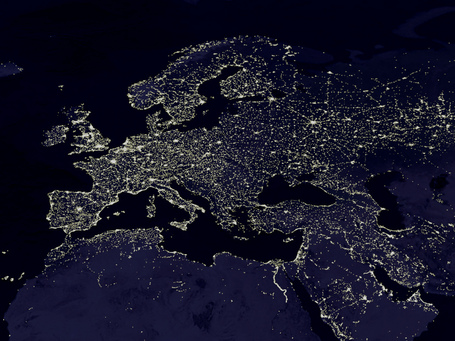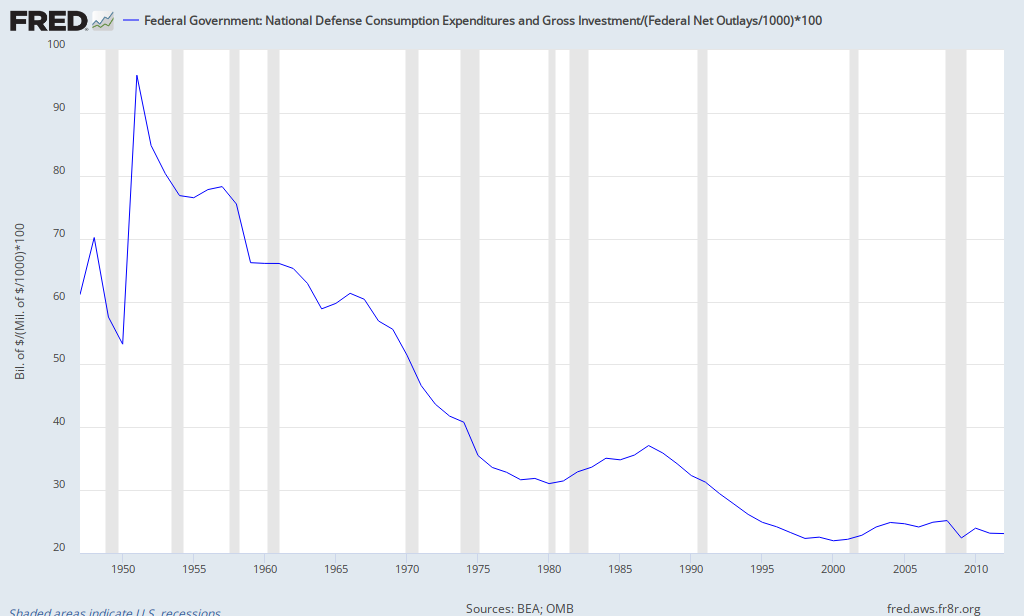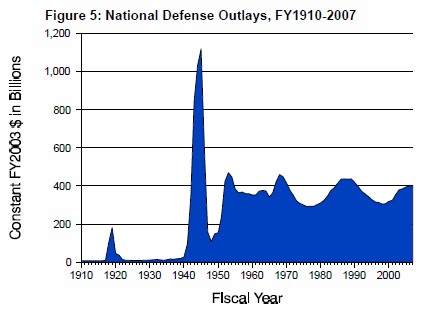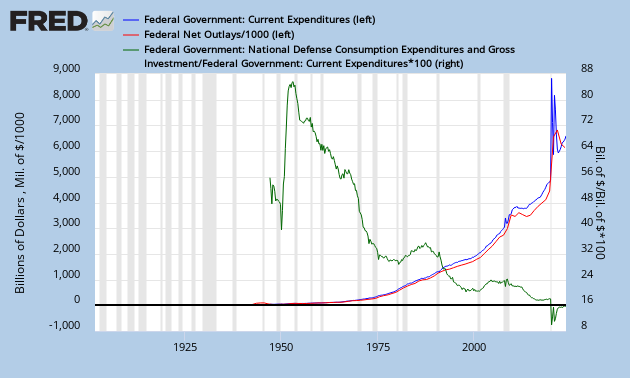On September 8, 2012 President Obama marks the eleventh anniversary of the September 11th with asserting that America’s questions about 9/11 have been answered.
Still, the unanswered questions of 9/11 are numerous and of critical importance. As a keystone, the whole U.S. society needs to know the truth about 9/11.
In memory of the U.S. democratic Republic, I publish today a compilation of historical facts and famous texts over one century, with a focus on the last 11 years. We must remember that each path is a sum of steps.
- The military Keynesianism of the U.S. and the Road to Tyranny - The U.S. in 20th/21st century, Part1 (online with all the links to sources I used, 40 pages you can comment but not edit)
I also used the term "deep state capitalism" in reference to Pr. Peter Dale Scott's books about deep politics.
'The U.S. in 20th/21st century, Part 2' will be published in the next few weeks, including a political anticipation about the US.
(04/02/2013: done, see the update below!)
I love the "release soon, release often" principle. To publish an early draft allowed me to bring my attention on P.D. Scott's last books, and I found that my small contribution is like a very short summary of his "Road to 9/11: Wealth, Empire, and the Future of America" published in 2007, sharing the exact same spirit up to the choice of words in titles :)
My contribution is complementary, covering military budgets and events since 2007 or during the first part of XXth century, and is free, but I strongly recommend to buy his book for much much more details about historical and political facts and references since the 60's.
Update 02/25/2013 :
Even closer in the transdisciplinary approach I'm using, my small compilation is also a relevant introduction to Chalmers Johnson's prominent "Blowback" trilogy, and specially the last volume: Nemesis - The last days of the American Republic. Do not miss it !
Update 04/02/2013 :















